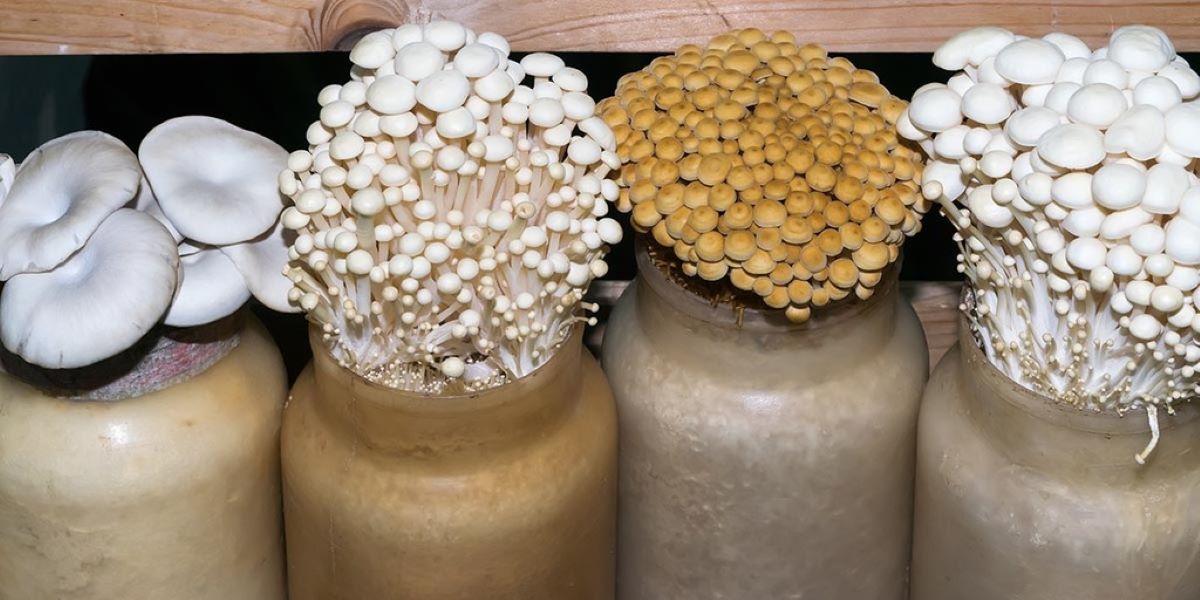

Articles
How To Store Mushroom Spawn
Modified: February 26, 2024
Learn how to properly store mushroom spawn in this informative article. Find tips and techniques for preserving mushroom spawn for long-term use.
(Many of the links in this article redirect to a specific reviewed product. Your purchase of these products through affiliate links helps to generate commission for Storables.com, at no extra cost. Learn more)
Introduction
Welcome to the fascinating world of mushroom cultivation! If you are a mushroom enthusiast or a farmer looking to grow your own mushrooms, one crucial aspect you should focus on is the storage of mushroom spawn. Proper storage of mushroom spawn plays a vital role in maintaining its viability and ensuring successful cultivation.
Before we dive into the details of storing mushroom spawn, let’s first understand what mushroom spawn is. Mushroom spawn refers to the mycelium, the vegetative part of the mushroom, which is used to cultivate mushrooms. It acts as the foundation on which mushrooms grow, providing them with the necessary nutrients and environmental conditions for fruiting.
Now, you might wonder why proper storage is so important for mushroom spawn. Well, the viability of mushroom spawn gradually decreases over time, especially if it is not stored under optimal conditions. Oxygen exposure, temperature fluctuations, and contamination can all negatively affect the performance of the spawn. By following the right storage techniques, you can ensure that your mushroom spawn retains its vitality and is ready for use whenever you need it.
In this article, we will guide you on how to store mushroom spawn effectively. From choosing the right storage container to maintaining optimal temperature and humidity levels, we will cover all the necessary steps to help you preserve the quality of your mushroom spawn. Additionally, we will discuss the importance of avoiding contamination, labeling and organizing the spawn, as well as regular monitoring and maintenance.
By understanding and implementing these storage practices, you will be able to keep your mushroom spawn in prime condition, resulting in better yields and a more successful mushroom cultivation venture. So, let’s get started and discover the secrets of proper mushroom spawn storage!
Key Takeaways:
- Proper storage of mushroom spawn is crucial for maintaining its viability, consistency, and quality, leading to successful and rewarding mushroom cultivation experiences.
- By implementing effective storage techniques, you can extend the lifespan of mushroom spawn, reduce the risk of contamination, and increase the success rate of your mushroom cultivation projects.
Read more: How To Store Grain Spawn
What is Mushroom Spawn?
Mushroom spawn is a critical component in the process of mushroom cultivation. It refers to the vegetative mycelium of the mushroom, which is essentially the “root” system of the fungus. The mycelium is composed of a network of thread-like structures called hyphae, which absorb nutrients from the substrate and provide the necessary energy for the mushroom’s growth.
Mushroom spawn is typically produced by growing the mycelium on a sterilized substrate, such as grains or sawdust. Once the mycelium has thoroughly colonized the substrate, it is considered fully developed and ready for use as mushroom spawn. The spawn is then used to inoculate the desired growth medium, such as compost or wood chips, to initiate the fruiting process.
There are two main types of mushroom spawn: 1) grain spawn and 2) sawdust spawn. Grain spawn is produced by mixing the mycelium with sterilized grains, such as rye or millet. This type of spawn is commonly used for small-scale or home mushroom cultivation. Sawdust spawn, on the other hand, is made by mixing the mycelium with sterilized sawdust. Sawdust spawn is suitable for larger-scale mushroom production, as it can be easily distributed and used for outdoor cultivation.
Mushroom spawn is crucial for commercial mushroom farming as well as for hobbyists and enthusiasts. It provides a standardized and reliable starting point for mushroom cultivation, ensuring consistent and high-quality yields. By using the appropriate spawn, growers can avoid uncertainties and increase the chances of successful mushroom production.
It is worth mentioning that different mushroom species require specific types of spawn. Each species has particular nutritional and environmental needs, and using the right spawn variety ensures optimal growth and fruiting. Some popular mushroom species include oyster mushrooms, shiitake mushrooms, button mushrooms, and lion’s mane mushrooms, among others.
Overall, mushroom spawn is the foundation of mushroom cultivation. It serves as the starting point from which the mycelium grows and spreads, eventually giving rise to the fruiting bodies we know as mushrooms. Without high-quality and properly stored spawn, the success of mushroom cultivation can be compromised. Hence, it is essential to understand and implement the proper techniques for storing mushroom spawn to maximize its viability and ensure successful cultivation.
Importance of Proper Storage
Proper storage of mushroom spawn is of utmost importance for successful mushroom cultivation. The viability and vigor of the spawn significantly impact the growth and productivity of the mushrooms. Here are a few key reasons why proper storage is crucial:
- Preservation of Viability: Mushroom spawn gradually loses its viability over time. By storing it properly, you can slow down this process and extend the lifespan of the spawn. This ensures that it remains effective for inoculating the growth medium and initiating mushroom fruiting.
- Consistent Performance: High-quality mushroom spawn provides consistent results in terms of growth rate, yield, and mushroom quality. Proper storage maintains the spawn’s vitality, allowing for more predictable and reliable outcomes in your mushroom cultivation efforts.
- Cost Savings: By storing mushroom spawn properly, you can avoid the need to constantly purchase fresh spawn for each cultivation cycle. This not only saves money but also reduces dependence on external suppliers, giving you more control over your mushroom cultivation practice.
- Flexibility and Convenience: Having a stock of well-preserved mushroom spawn allows you to start new cultivation projects whenever you desire. It provides flexibility in planning and allows you to experiment with different substrates, growing conditions, and mushroom varieties as per your preference.
- Time Efficiency: Proper storage of mushroom spawn ensures that it remains viable and ready for use whenever you need it. This saves time, as you don’t have to wait for new spawn to be prepared or sourced for each cultivation cycle. It allows you to initiate the process promptly and reduces unnecessary delays.
- Propagation and Expansion: By storing mushroom spawn correctly, you can prolong its viability and use it to propagate new batches of spawn. This helps in expanding your mushroom cultivation operation and allows for continuous production without relying on external sources for spawn.
Overall, proper storage of mushroom spawn is crucial for maintaining its quality, viability, and performance. It ensures consistent results, cost savings, flexibility, and convenience in your mushroom cultivation endeavors. By implementing effective storage techniques, you can maximize the potential of your mushroom spawn and achieve successful and rewarding mushroom harvests.
Choosing the Right Storage Container
When it comes to storing mushroom spawn, selecting the appropriate storage container is essential. The right container will provide a suitable environment for preserving the viability of the spawn and protecting it from external factors. Here are some factors to consider when choosing a storage container for your mushroom spawn:
- Material: The material of the container should be non-toxic, durable, and resistant to moisture. Glass jars or plastic containers with airtight lids are commonly used for storing mushroom spawn. Avoid containers made of metal or reactive materials, as they can potentially contaminate the spawn or degrade its quality.
- Size: The size of the container should be appropriate for the amount of mushroom spawn you want to store. It should have enough space to accommodate the spawn without overcrowding, which can lead to moisture build-up and increased chances of contamination.
- Airtightness: Airtight containers are preferred for storing mushroom spawn, as they help maintain stable humidity levels and prevent the entry of contaminants. Make sure the lid or closure mechanism of the container forms a tight seal to prevent moisture loss or gain.
- Transparency: Opt for transparent or translucent containers that allow you to visually inspect the spawn without opening the container. This reduces the risk of unnecessary exposure and helps you monitor the condition of the spawn over time.
- Cleanliness: Ensure that the containers you use for storing mushroom spawn are thoroughly cleaned and sanitized. Any remnants of previous contents or residue can introduce contaminants and compromise the viability of the spawn.
Remember, the primary goal of choosing the right storage container is to create a suitable microenvironment for preserving the spawn’s viability. It should protect the spawn from excessive moisture, contaminants, and fluctuations in temperature while allowing for adequate airflow. Additionally, consider the space available for storage, as stackable containers can save valuable shelf or refrigerator space.
Once you have chosen the right storage container, the next step is to prepare it properly before placing the mushroom spawn inside. Cleaning and preparing the container help minimize the risk of contamination and create a favorable environment for storing the spawn effectively.
Cleaning and Preparing the Storage Container
Before storing your precious mushroom spawn, it is crucial to clean and prepare the storage container properly. This process helps ensure that the container is free from any contaminants that could potentially harm the spawn. Here are the steps to clean and prepare the storage container:
- Wash the Container: Start by thoroughly washing the storage container with warm, soapy water. Use a mild dish soap or a solution of water and vinegar to clean the container. Scrub all the surfaces, including the lid or closure mechanism, to remove any dirt, residue, or microorganisms that may be present.
- Rinse Well: After washing, rinse the container thoroughly with clean, running water to ensure that no soap or cleaning agents remain. Any remnants of soap can be harmful to the mushroom spawn and may introduce unwanted chemicals.
- Sterilize the Container: After rinsing, sanitize the container to eliminate any remaining microbes or spores. You can use a sterilizing solution or a mixture of water and hydrogen peroxide. Alternatively, you can place the container in boiling water for a few minutes to achieve sterilization. This step is crucial for preventing contamination and maintaining the spawn’s viability.
- Dry Completely: After sterilization, allow the container to air dry completely. Ensure that there is no moisture left inside the container as dampness can promote the growth of mold or other unwanted organisms. You can also use clean paper towels or a lint-free cloth to dry the container if necessary.
- Handle with Clean Hands: Before placing the mushroom spawn into the container, make sure your hands are thoroughly washed and dry. Avoid touching the inside of the container or the spawn with bare hands to minimize the risk of contamination.
Remember, cleanliness is paramount when it comes to storing mushroom spawn. By following these cleaning and preparation steps, you create a hygienic environment for the spawn, reducing the chances of contamination and maximizing its viability. Once the container is clean and dry, you are ready to store the mushroom spawn at the optimal temperature and humidity conditions.
Read more: How To Store Inoculated Spawn Bags
Storing Mushroom Spawn at Optimal Temperature and Humidity
Proper temperature and humidity conditions are crucial for preserving the viability and quality of mushroom spawn during storage. The ideal storage environment will vary depending on the specific mushroom species, but there are general guidelines you can follow to ensure optimal conditions for most types of mushroom spawn. Here’s what you need to know:
- Temperature: Generally, mushroom spawn should be stored at cool temperatures ranging from 35°F to 50°F (2°C to 10°C). This helps slow down the metabolic activity of the spawn and extends its lifespan. A refrigerator or a cool, dark basement can serve as suitable storage locations. Avoid freezing temperatures as they can damage the mycelium.
- Humidity: Maintaining the right humidity levels is essential to prevent the spawn from drying out or becoming too moist. Aim for a relative humidity (RH) of around 70% to 80%. You can use a hygrometer or a humidity gauge to monitor and adjust the humidity levels as needed. Placing a small dish of water or a damp cloth in the storage area can help regulate humidity.
- Ventilation: Proper airflow is important to prevent the buildup of condensation or stagnant air, which can lead to mold or bacterial growth. Ensure that the storage container has some ventilation to allow for fresh air exchange. However, it is important to strike a balance and not expose the spawn to excessive drafts or direct air currents.
- Light Exposure: Mushroom spawn should be stored in a dark environment to prevent light exposure. Light can stimulate premature fruiting and affect the viability of the spawn. Keep the storage container in a location where it is shielded from direct sunlight or artificial light sources.
It’s important to note that the specific temperature and humidity requirements can vary for different mushroom species. Some varieties may prefer slightly higher or lower temperatures and humidity levels. It is recommended to research the specific requirements for the mushroom species you are cultivating and adjust the storage conditions accordingly.
Regular monitoring of the storage environment is crucial to ensure that the temperature and humidity remain within the desired range. Check the conditions periodically and make any necessary adjustments to maintain the optimal storage environment for the mushroom spawn. This will help prolong its viability and ensure successful cultivation when you are ready to use the spawn.
By following these guidelines and providing the right temperature and humidity conditions, you can store mushroom spawn effectively, preserving its vitality and ensuring its readiness for future mushroom cultivation endeavors.
Store mushroom spawn in a cool, dark place such as a refrigerator to keep it fresh. Make sure to use it within a few weeks for best results.
Avoiding Contamination
Contamination is a primary concern when storing mushroom spawn. Even the slightest introduction of foreign organisms can compromise the viability and quality of the spawn. Here are some tips to help you avoid contamination during the storage process:
- Sanitize your hands: Before handling the mushroom spawn or the storage container, make sure to thoroughly wash and sanitize your hands. Use a mild soap and warm water, and dry them with a clean towel or air-dry them. This helps prevent the transfer of bacteria or fungi from your hands to the spawn, reducing the risk of contamination.
- Choose a clean storage area: The storage area should be clean and free from any potential sources of contamination. Keep it tidy, and avoid storing the spawn near chemicals, cleaning agents, or other substances that may release harmful fumes or particles into the air. Also, ensure that the storage area is away from areas with high humidity or mold growth, such as basements or damp crawl spaces.
- Use sterile materials: When handling the mushroom spawn, use sterilized tools and containers. This includes the storage container, spoons, or scoops for transferring the spawn, and any other equipment that may come into contact with the spawn. Sterilizing materials and tools helps minimize the risk of introducing contaminants to the spawn.
- Seal the storage container properly: Ensure that the storage container is tightly sealed and airtight. This helps prevent the entry of airborne contaminants, such as mold spores or bacteria, into the container. Check the lid or closure mechanism regularly to ensure it maintains a secure seal throughout the storage period.
- Avoid unnecessary opening: Minimize the frequency of opening the storage container once the spawn is inside. Unnecessary openings can expose the spawn to potential contaminants in the surrounding environment. Only open the container when necessary, and handle it with care to minimize the risk of contamination.
- Inspect for signs of contamination: Regularly inspect the mushroom spawn for any signs of contamination, such as mold growth, unusual colors, or slimy texture. If you notice any signs of contamination, discard the affected portion immediately to prevent further spread.
Following these practices and maintaining a clean and controlled storage environment significantly reduces the risk of contamination in your stored mushroom spawn. By being proactive and diligent in implementing contamination prevention measures, you can preserve the quality and viability of the spawn, ensuring successful mushroom cultivation in the future.
Labeling and Organizing the Spawn
Labeling and organizing your stored mushroom spawn is essential for efficient management and easy identification. Properly labeling and organizing the spawn containers allow you to keep track of different mushroom varieties, batches, and storage dates. Here are some tips to help you label and organize your mushroom spawn effectively:
- Use clear and descriptive labels: Clearly label each storage container with essential information such as the mushroom species, strain, batch number, and the date of storage. Use waterproof and permanent markers or labels to ensure the information remains intact during storage.
- Include additional details: If you have specific details or observations about the spawn, such as its performance, growth characteristics, or preferred growing conditions, consider adding these details to the label. This information can be valuable for future reference and decision-making.
- Organize by species and batches: Group the mushroom spawn containers by species and arrange them in separate sections or shelves. Additionally, organize them by batches if you are storing spawn from different production cycles. This facilitates easy access and retrieval when you require a particular mushroom strain or batch.
- Create an inventory log: Maintain an inventory log or spreadsheet to keep track of the stored spawn. Include details like the species, strain, batch number, storage date, and any additional relevant information. Regularly update the inventory log as you add or use up the stored spawns.
- Establish a labeling system: If you have a large number of storage containers, consider implementing a labeling system to further enhance organization. You can use color-coded labels or alphanumeric codes to easily identify different species, strains, or batches at a glance.
- Store in a systematic order: Arrange the containers in a systematic order, either alphabetically or by storage date if you want to prioritize the use of older spawns. This helps you access the desired spawn quickly and prevents unnecessary searching or confusion.
Labeling and organizing your mushroom spawn not only simplifies the management of your inventory but also provides valuable information for tracking the performance of different strains and observing any variations over time. It allows you to make informed decisions and adjustments when planning future mushroom cultivation projects.
Remember to update the labels and inventory log whenever you use the stored spawn or add new batches. Regularly review and maintain the labeling system and organization to ensure it remains accurate and up to date. By implementing these practices, you can create an efficient and well-organized storage system for your mushroom spawn.
Regular Monitoring and Maintenance of Stored Spawn
Regular monitoring and maintenance of your stored mushroom spawn are essential to ensure its viability and quality over time. By periodically checking the condition of the spawn and implementing necessary maintenance measures, you can prolong its lifespan and maximize its potential for successful mushroom cultivation. Here are some key aspects to consider for regular monitoring and maintenance:
- Visual Inspection: Regularly inspect the stored spawn for any signs of contamination, such as mold growth, discoloration, or unusual odors. If you notice any abnormalities, remove the affected portion immediately to prevent further spread of contamination.
- Temperature and Humidity Check: Monitor the storage environment regularly to ensure that the temperature and humidity levels are within the desired range. Use a thermometer and a hygrometer to measure and track these parameters. Make any necessary adjustments to maintain the optimal conditions for the stored spawn.
- Rotate the Containers: To prevent the spawn from sticking to the sides of the container, gently rotate or tilt the containers occasionally. This helps ensure even exposure to the storage environment and prevents the spawn from clumping together or drying out unevenly.
- Check Container Integrity: Inspect the storage containers for any damage, cracks, or signs of wear. Damaged containers can compromise the integrity of the storage environment and lead to increased risks of contamination or moisture loss. Replace any damaged containers promptly to maintain a secure storage environment.
- Record Keeping: Keep track of the storage duration, batch numbers, and any relevant observations or changes in the stored spawn. This information helps you assess the viability and performance of the spawn over time and make informed decisions regarding its usage.
- Rotate and Use the Spawn: It is advisable to rotate and use the stored mushroom spawn periodically. Avoid keeping the spawn in storage for excessively long periods. Use older batches first to ensure that the spawn remains viable and productive. This rotation helps maintain a fresh supply of viable spawn and reduces wastage.
- Regular Inventory Management: Periodically review and update your inventory log or spreadsheet to ensure that it reflects the current stock of stored spawn accurately. This helps you keep track of available quantities, identify any deficiencies or excess supplies, and plan for optimal utilization.
By implementing regular monitoring and maintenance practices, you can identify and address potential issues promptly, ensuring the longevity and quality of your stored mushroom spawn. These simple but crucial steps contribute to optimal spawn performance and better outcomes in your mushroom cultivation ventures.
Remember, every mushroom species and spawn batch may have specific requirements or considerations. It is essential to consult species-specific references or expert advice to ensure appropriate monitoring and maintenance procedures for your specific mushroom spawn.
Read more: How To Store Enoki Mushrooms
Benefits of Proper Spawn Storage
Proper storage of mushroom spawn offers numerous benefits for mushroom cultivators. By implementing effective storage techniques, you can maximize the viability and quality of the spawn, ensuring successful mushroom cultivation. Here are some key benefits of proper spawn storage:
- Extended Viability: Proper storage techniques help slow down the natural degradation of mushroom spawn over time. By providing optimal conditions, you can extend the viability of the spawn, ensuring that it remains effective for inoculating the growth medium and initiating fruiting.
- Consistent Performance: Well-stored mushroom spawn exhibits more consistent growth and performance, resulting in reliable and predictable harvests. Proper storage conditions preserve the vitality and vigor of the spawn, leading to consistent and high-quality yields of mushrooms.
- Cost Savings: Proper storage allows you to stock up on mushroom spawn and reduce the need for frequent purchases. This not only saves money but also provides you with a convenient supply of spawn whenever needed, reducing dependence on external suppliers and ensuring a continuous mushroom cultivation practice.
- Flexibility and Convenience: With properly stored spawn, you have the flexibility to undertake cultivation projects at your convenience. You can initiate new cultivation cycles whenever you desire, experiment with different substrates or growing conditions, and explore various mushroom varieties without being constrained by the availability of fresh spawn.
- Opportunity for Expansion: By storing mushroom spawn properly, you can maintain a consistent supply and even use it to propagate new batches of spawn. This enables you to expand your mushroom cultivation operation without relying on external sources for spawn, providing greater control and stability in your mushroom production activities.
- Enhanced Success Rate: When using properly stored mushroom spawn, you increase the likelihood of successful mushroom cultivation. With high-quality and viable spawn at your disposal, you minimize the risks of issues such as contamination, poor growth, or low yields, ultimately increasing your overall success rate in mushroom cultivation.
In summary, proper storage techniques for mushroom spawn offer numerous benefits, including extended viability, consistent performance, cost savings, flexibility, convenience, expansion opportunities, and enhanced success rates. By investing the time and effort in storing your spawn correctly, you set the stage for successful and rewarding mushroom cultivation experiences.
Always remember to follow best practices for storage, monitor the spawn regularly, and update your inventory records to ensure that you make the most of your stored mushroom spawn. Happy cultivating!
Conclusion
Proper storage of mushroom spawn is a crucial aspect of successful mushroom cultivation. By following the right techniques and implementing effective storage practices, you can preserve the viability and quality of the spawn, ensuring consistent and rewarding harvests.
In this article, we explored the importance of proper spawn storage and discussed various aspects to consider. We learned about the significance of choosing the right storage container, cleaning and preparing it for use, and maintaining optimal temperature and humidity conditions. We also emphasized the importance of avoiding contamination, labeling and organizing the spawn, and regularly monitoring and maintaining the stored spawn.
By adhering to these guidelines, you can extend the lifespan of the spawn, reduce the risk of contamination, and increase the success rate of your mushroom cultivation projects. Proper storage also offers advantages such as cost savings, flexibility, convenience, and expansion opportunities, allowing you to take full control of your mushroom cultivation practice.
Remember to regularly monitor the stored spawn, maintain a clean and controlled storage environment, and record relevant information. By doing so, you can make informed decisions, identify and address issues promptly, and optimize the performance of your stored mushroom spawn.
Overall, proper storage techniques for mushroom spawn are essential for maintaining its viability, consistency, and quality. By investing time and effort into proper storage practices, you are setting yourself up for successful mushroom cultivation experiences and reaping the rewards of bountiful mushroom harvests.
So, go ahead and apply these techniques to store your mushroom spawn correctly. Enjoy the journey of cultivating delicious and nutritious mushrooms for yourself, your family, or even for commercial purposes. Happy mushroom cultivation!
Frequently Asked Questions about How To Store Mushroom Spawn
Was this page helpful?
At Storables.com, we guarantee accurate and reliable information. Our content, validated by Expert Board Contributors, is crafted following stringent Editorial Policies. We're committed to providing you with well-researched, expert-backed insights for all your informational needs.
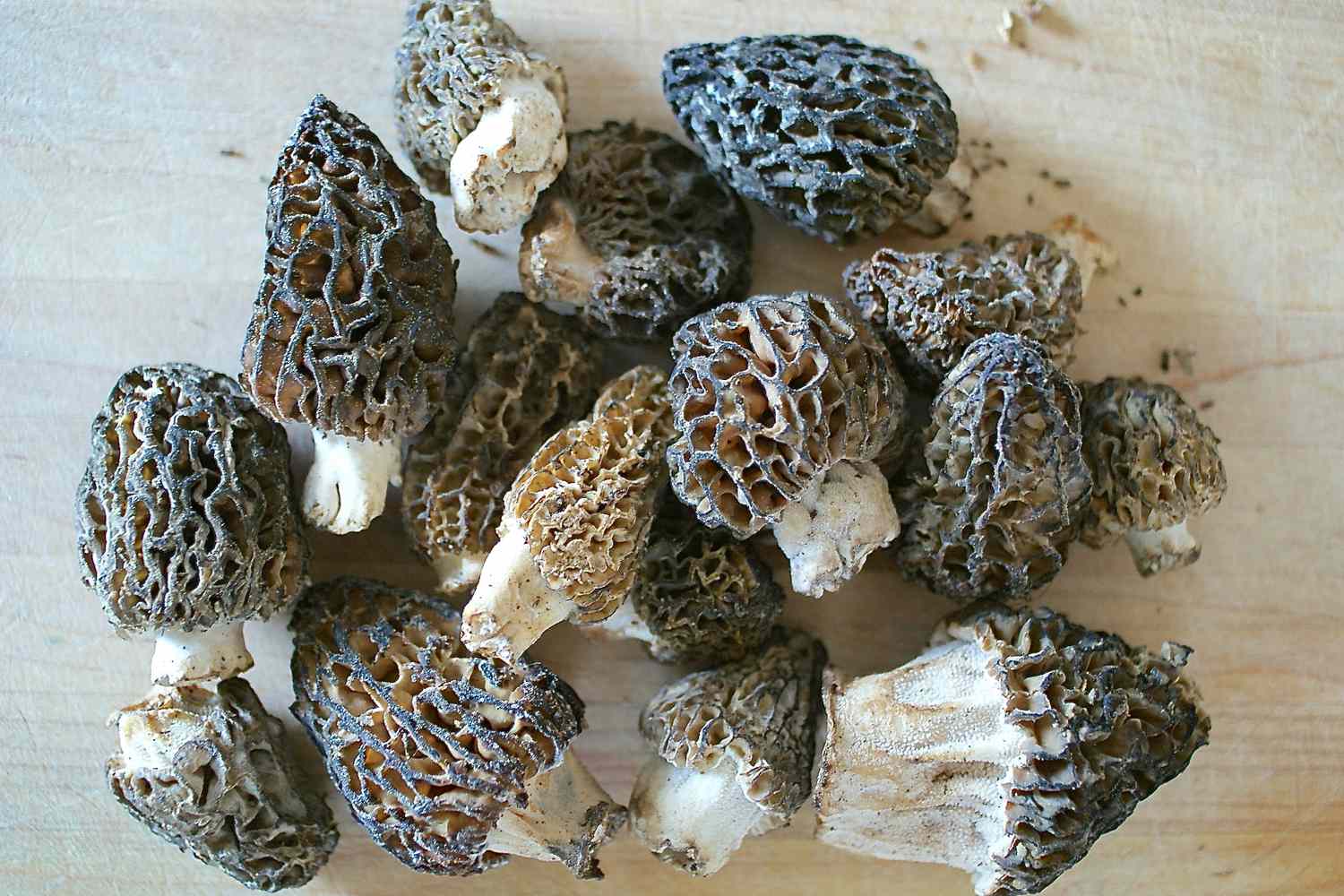
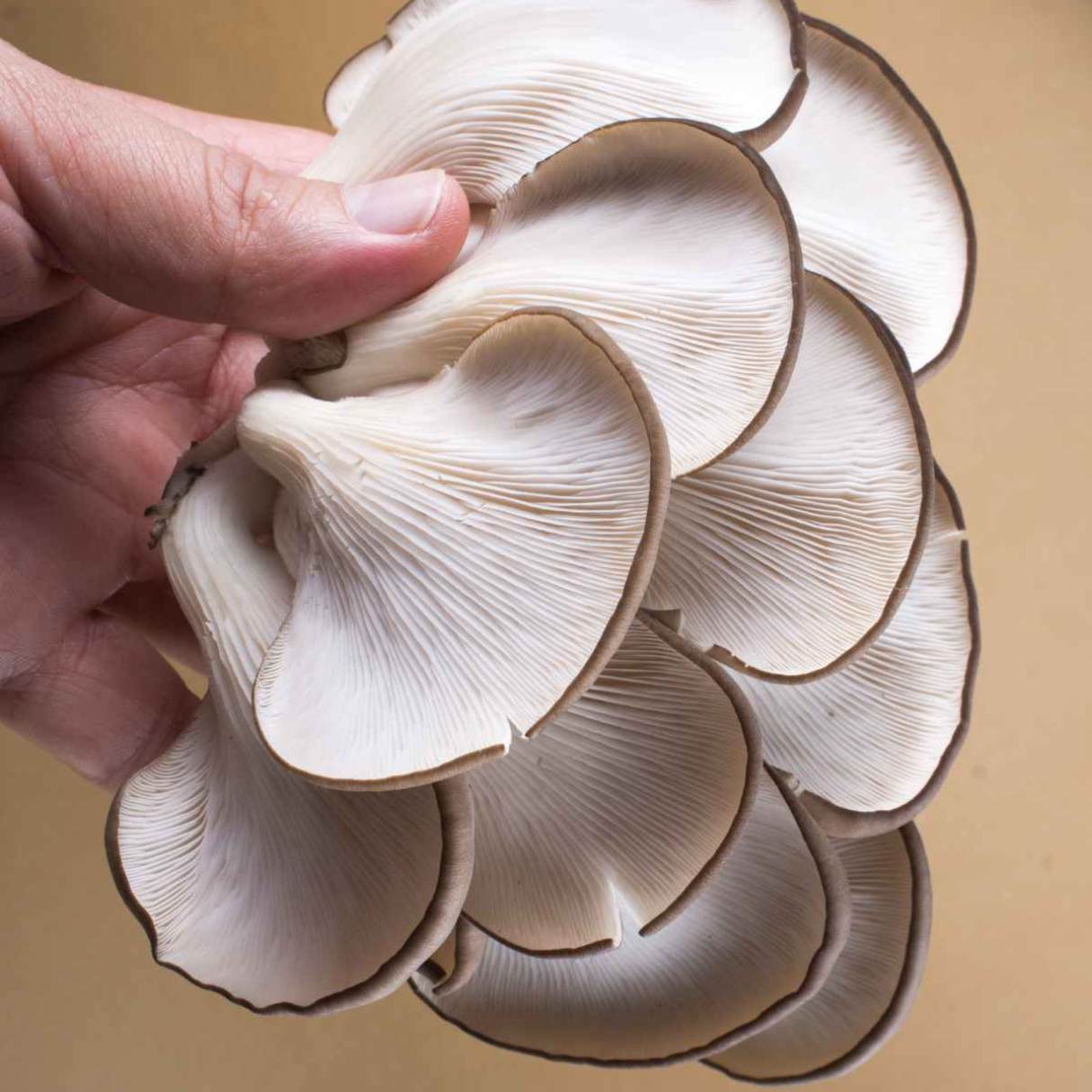
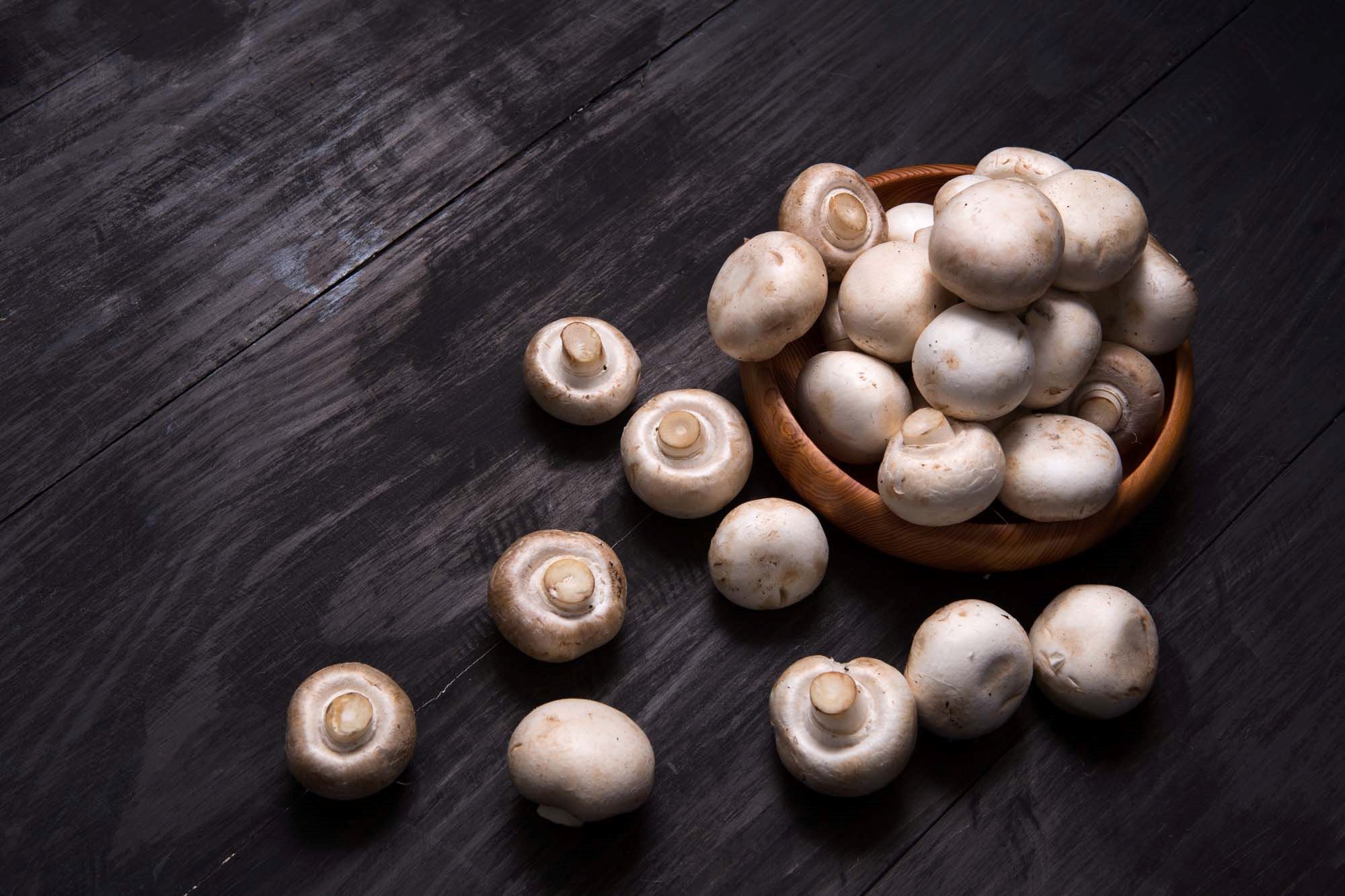
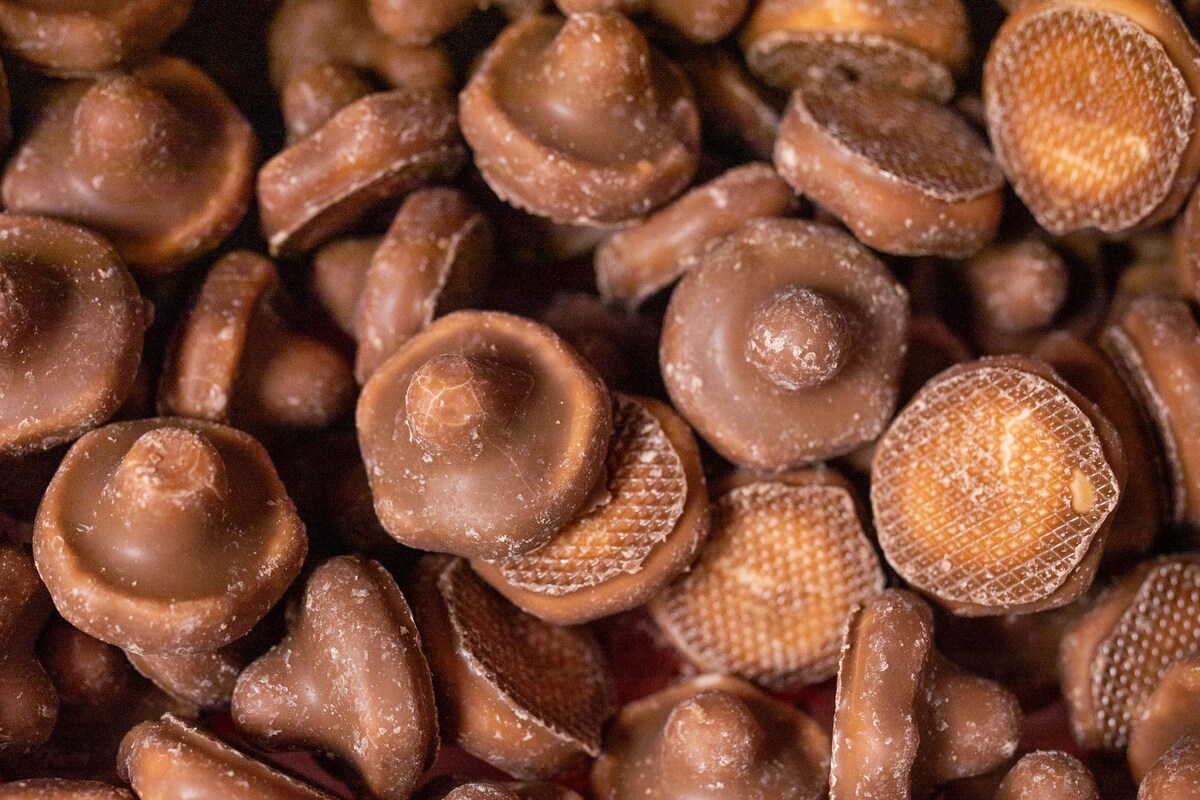
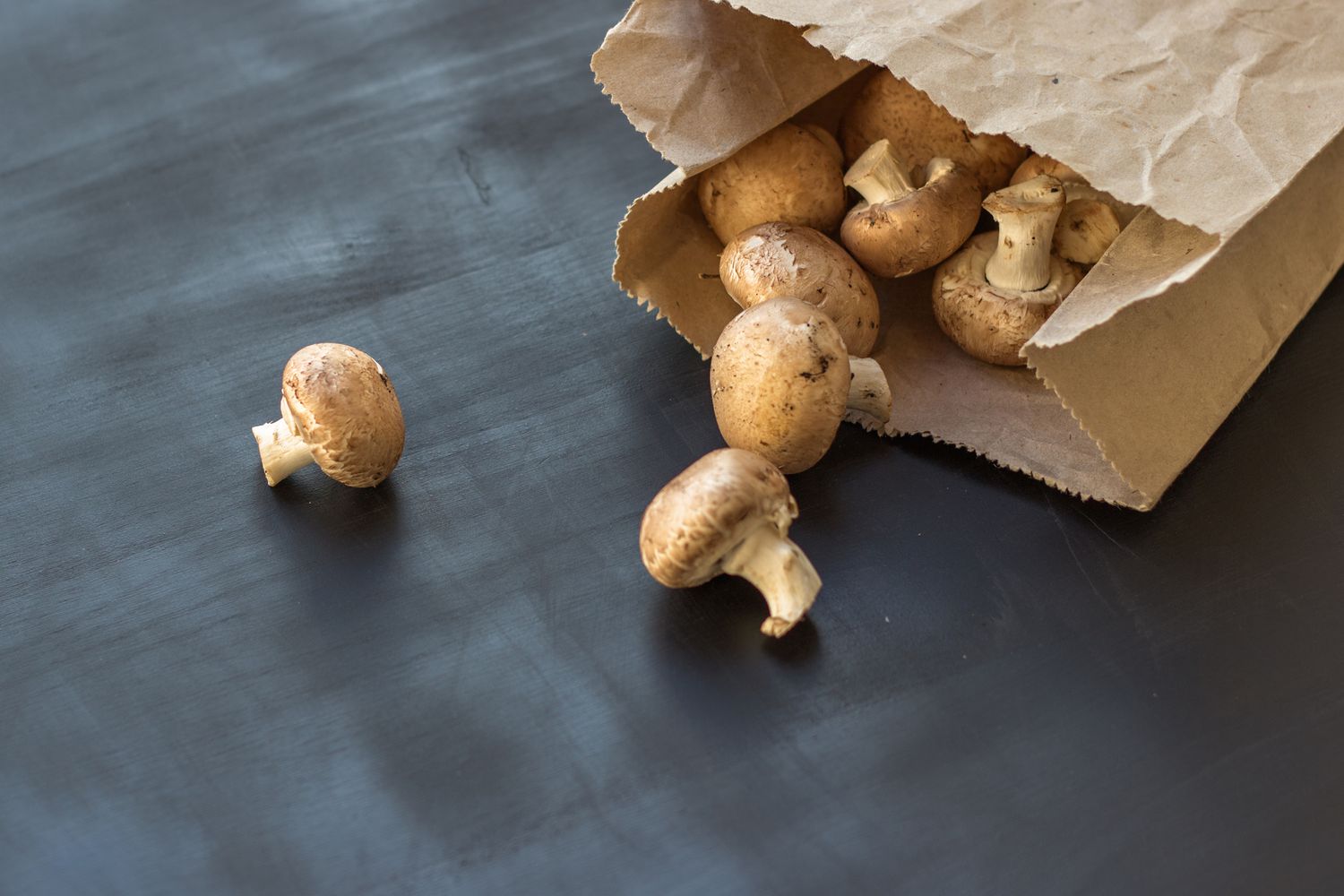

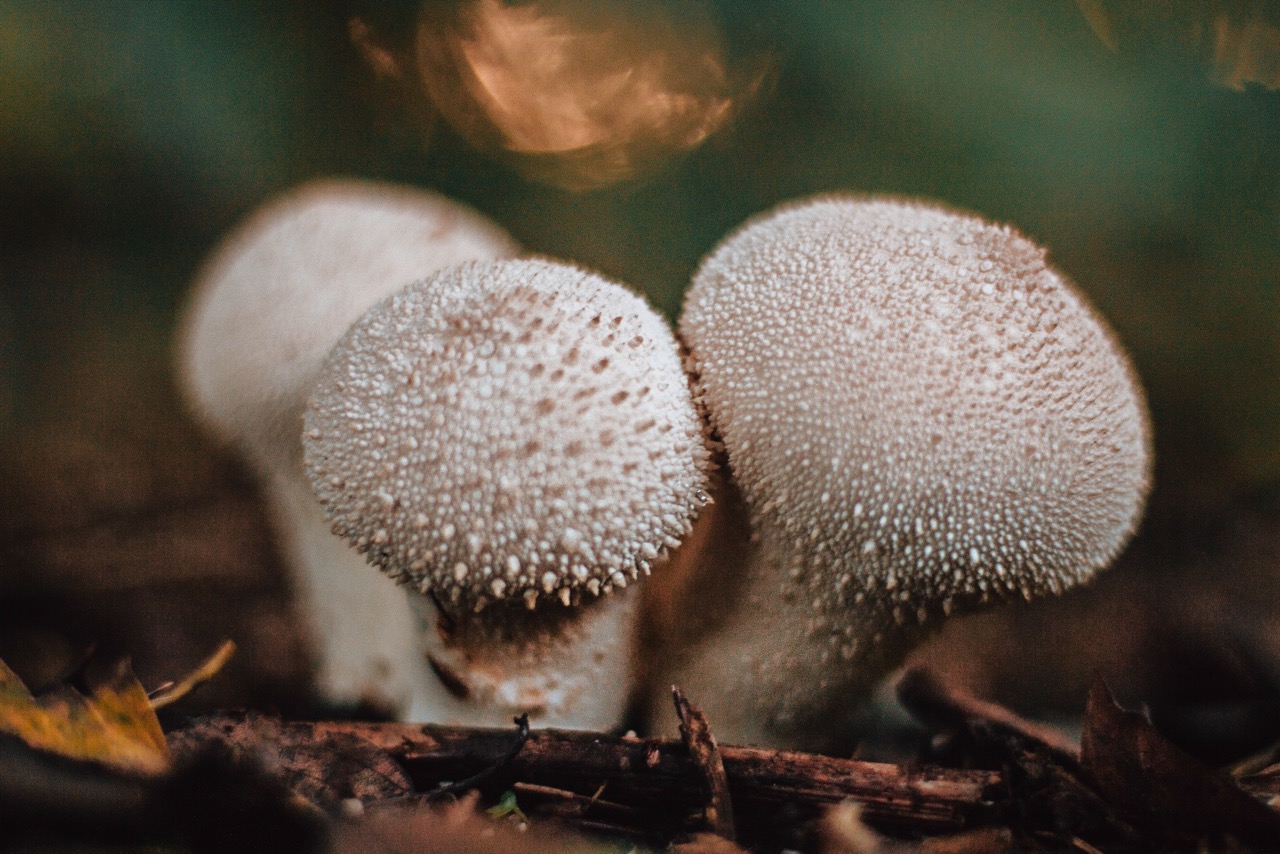
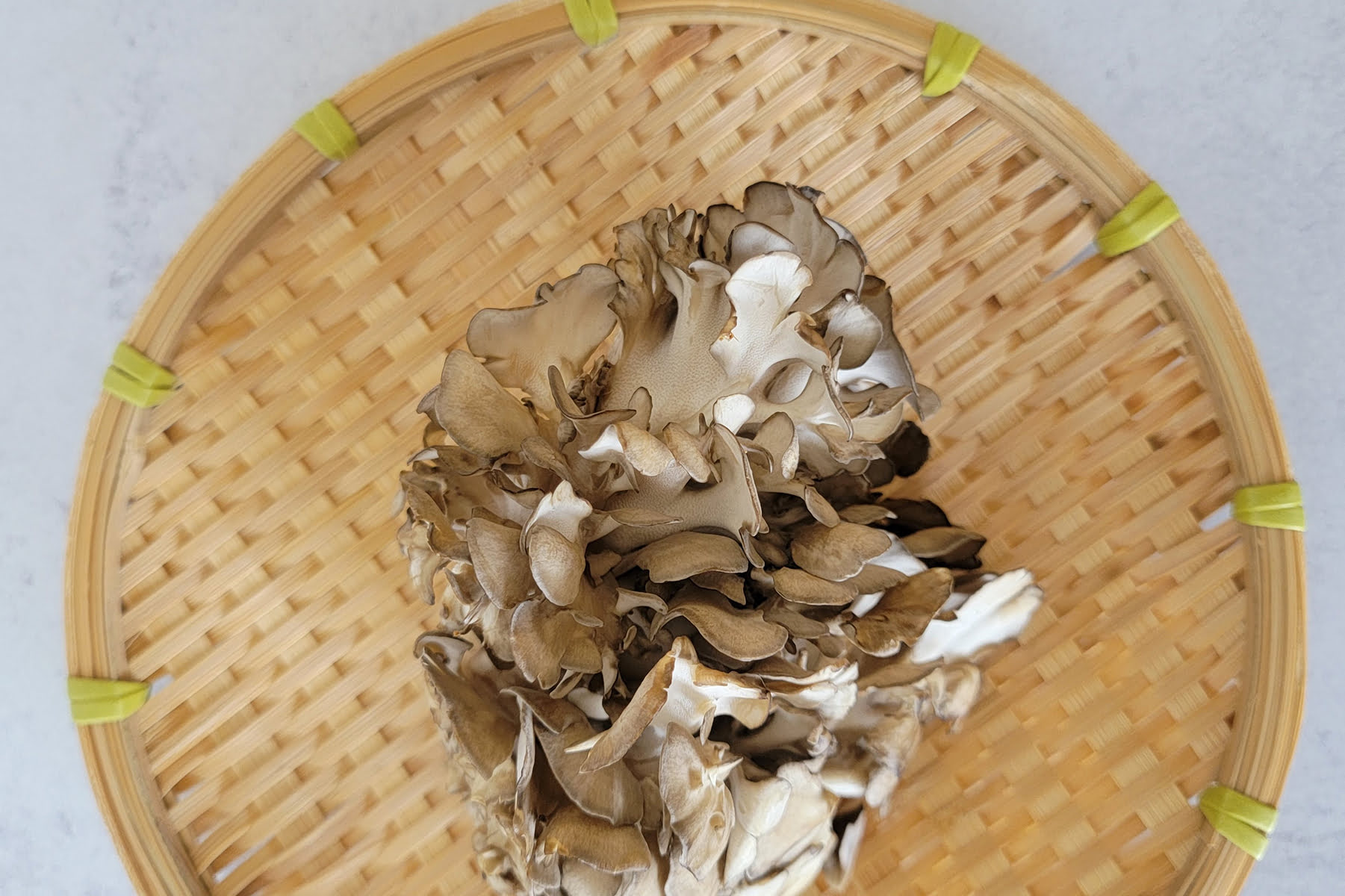
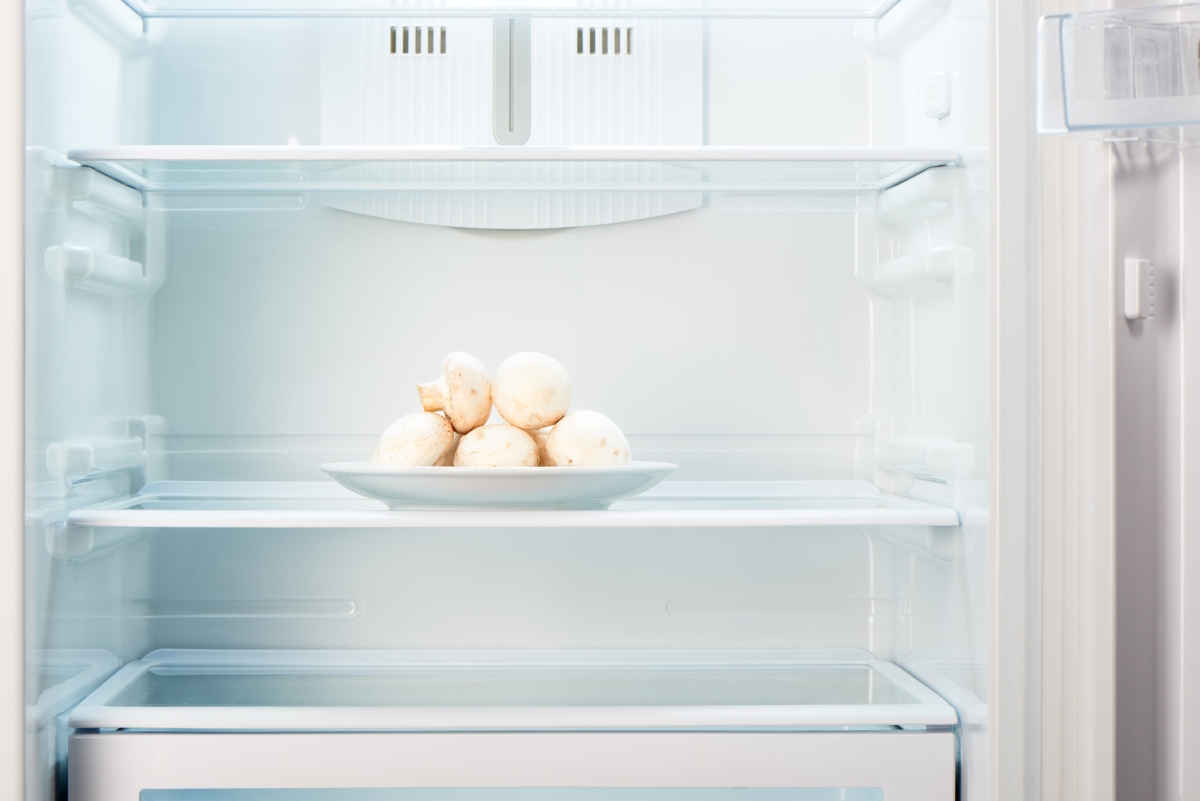
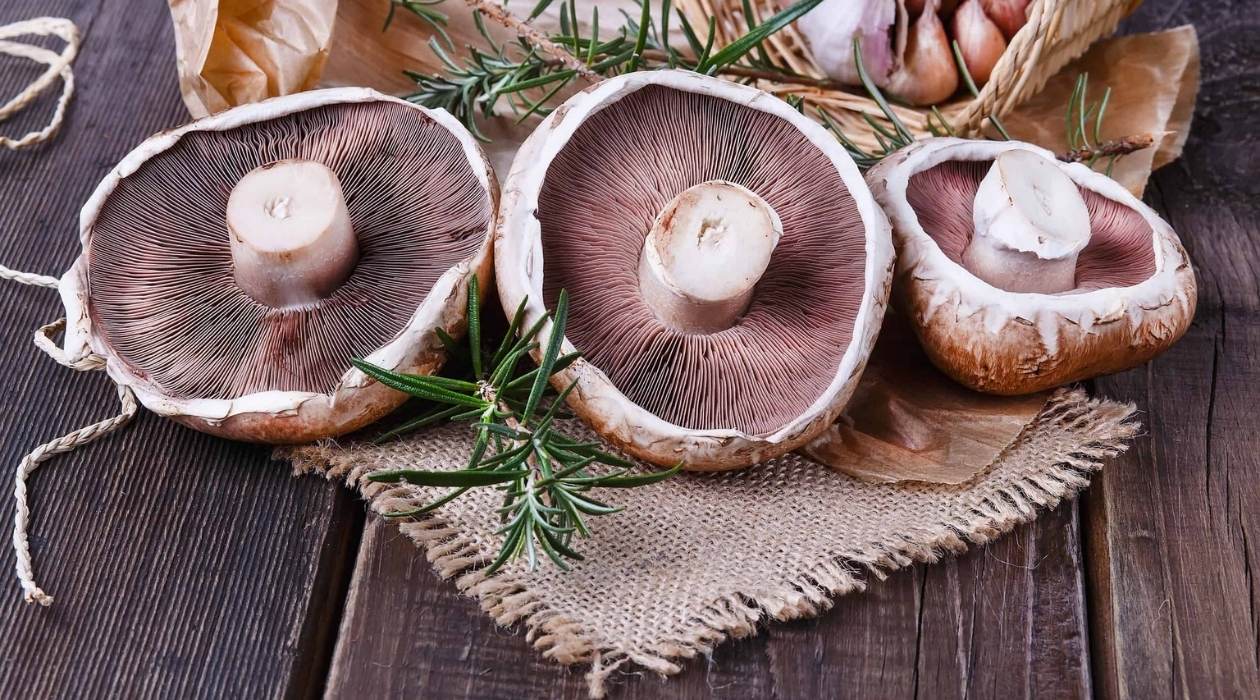

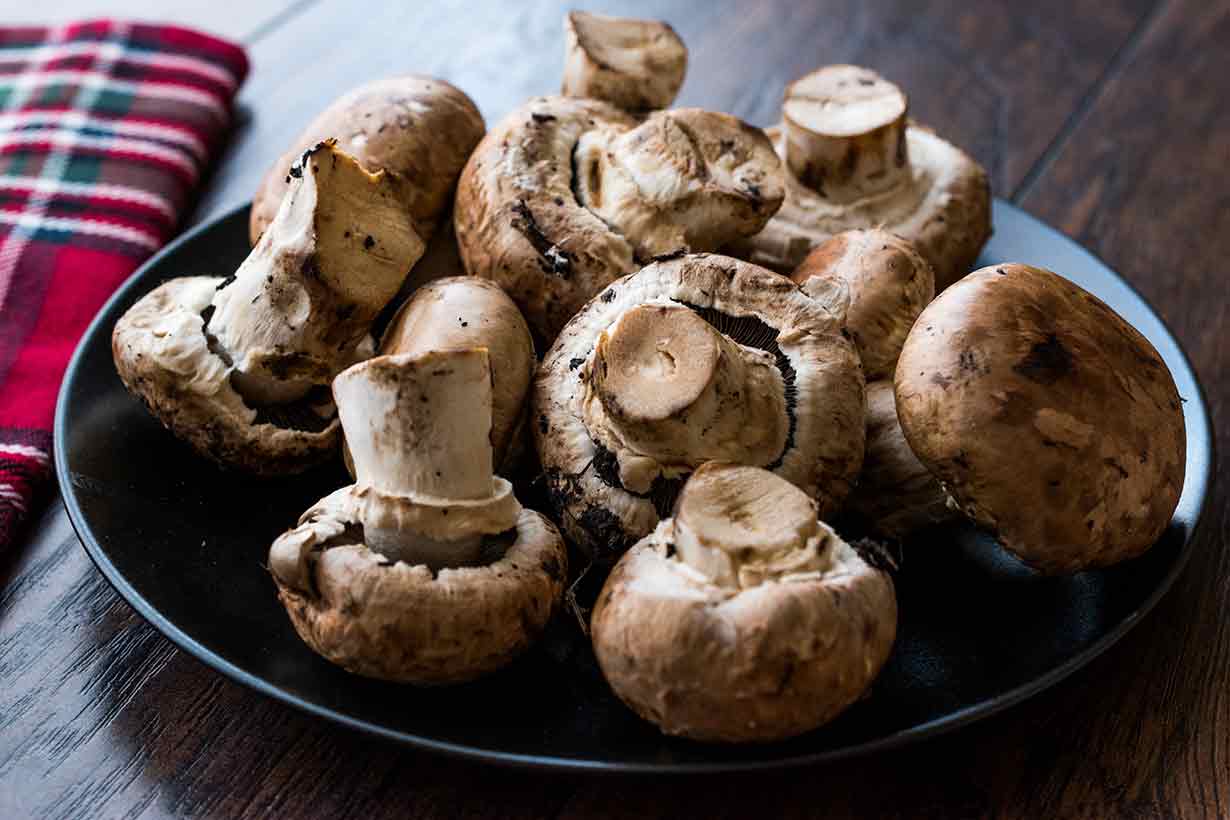
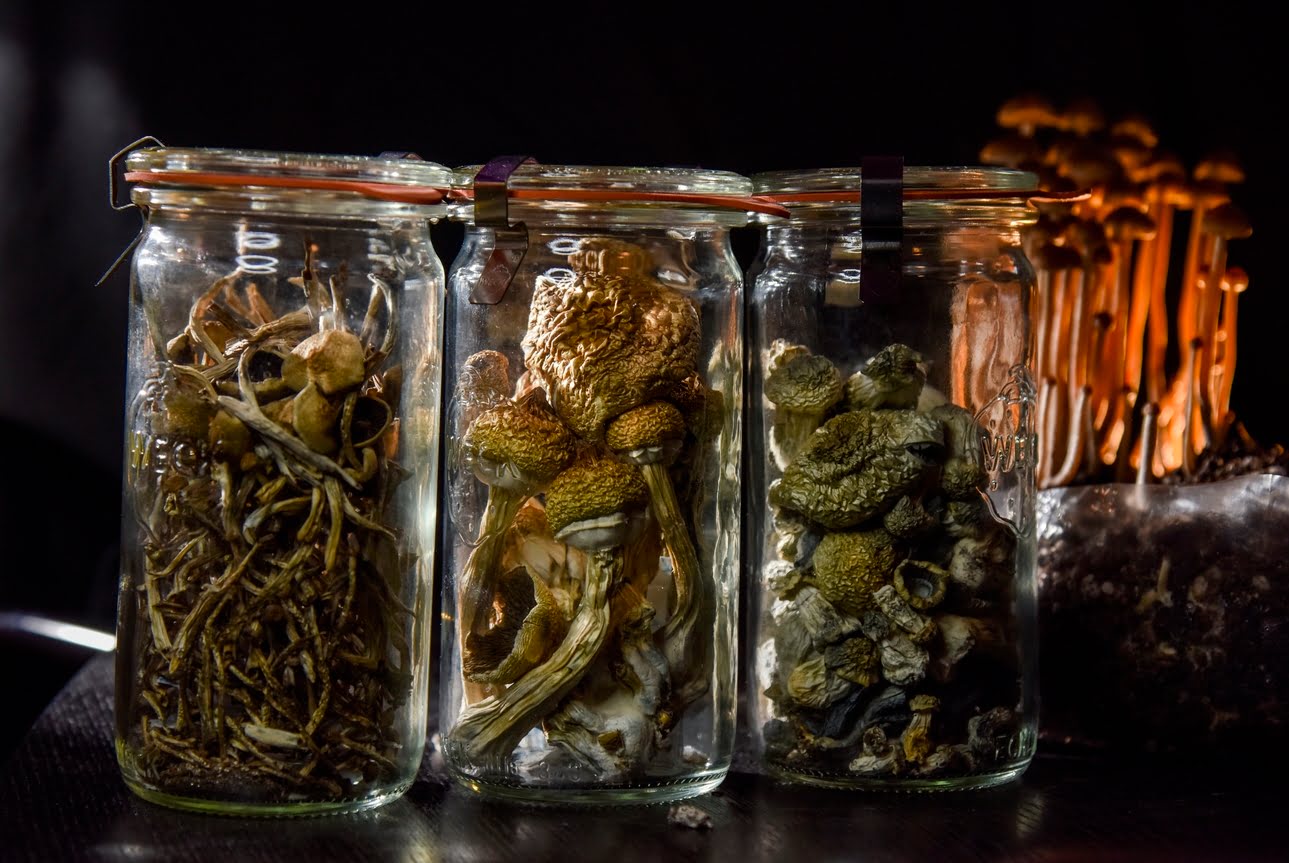

0 thoughts on “How To Store Mushroom Spawn”